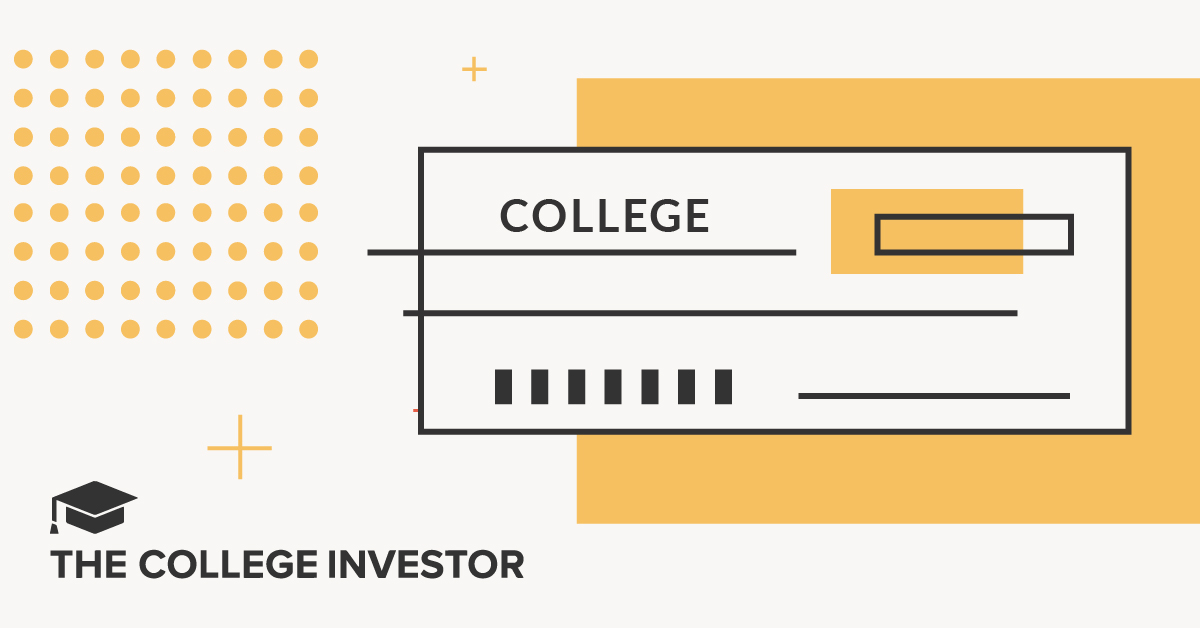
56% of Americans setup a college fund for their children.
Paying for college is a lot harder when you’re dealing with daycare costs, medical bills, and slowing income growth. This is why starting a college fund is an important first step.
It's important to remember too that a college fund doesn't have to pay for all of college. Even 20% of the cost can go a long way to helping out in the future. That's why we created our guide to How Much You Should Have In A College Savings Fund By Age.
We give tips on the best ways to open a college savings account, and how to find money to put into it.
Open A 529 Plan In Your State
You can save for college in a variety of accounts and a 529 Plan offers distinct advantages. 529 Plans are investment accounts designed to help pay for K-12 and higher education expenses.
The accounts offer tax advantages including tax-free growth and tax-free distributions as long as the money is spent on a broad range of eligible expenses. Some states even offer a tax deduction when you contribute to the plan.
Opening a 529 Plan is almost as simple as opening a brokerage account. However, make sure you open the right account for your state. Some states only offer tax deductions if you use the state’s plan. Others offer deductions no matter what plan you use. This guide gives you state-by-state details on opening an account or click on your state below.
In general, you don’t need much money to open a 529 plan account. If you can scrape together $100, you should be able to get started. The only other information you need is about your state of residence, and basic information about the beneficiary.
Getting the account open is a small administrative hurdle. The real challenge is getting money into the account so it can grow over time. No matter how old your child or beneficiary is, we have suggestions for how you can save for college.
How To Save When Kids Are Young
Start Funding the Account With Small Monthly Contributions
When your child is first born, you’ll probably experience a big shock to your cash flow. Either your income will drop or your expenses will dramatically increase (daycare is expensive!). Finding $100 per month may not be easy at this phase.
Instead of worrying about a specific number, consider automatically sending a $20 contribution to the savings account each month. That’s $10 per paycheck.
At this point, you’re already adjusting to a huge financial shock, so it’s unlikely that the $20 per month will make much difference to you. Plus, it will keep you in the habit of saving for the future.
Deposit Gifts Into the 529 Account
Grandparents, doting aunts and uncles, and even a few friends might give your child cash gifts for birthdays and holidays.
Putting these funds directly into the 529 Account boosts college savings and saves your house from a few unnecessary items.
Pay For Daycare With A UPromise Credit Card
A UPromise credit card is a cash back credit card that gives you a boosted rate of return if the cashback goes into a 529 Plan Account. This is an especially effective way to start saving for college if you can pay for daycare expenses using the Upromise credit card.
- The regular cash back amount is 1.25%, but it goes up to 1.529% when connected to a 529 plan.
- Parents paying $15,000 per year will earn nearly $230 per year in cash back.
- By the time your child is in kindergarten, you’ll have more than $1,000 in college savings.
Boosting Savings During Elementary Years
Childcare expenses don’t disappear during the elementary years, but they should fall by at least a few thousand dollars per year. This may translate to more savings opportunities.
These are a few ways to boost college savings despite the multiple tugs on your wallet.
Encourage Kids To Put A Portion of Cash Aside
By the time kids are in elementary school, they will likely have some ideas of how to spend gift money. But that doesn’t mean they need to spend all the cash that comes into their hands.
Setting aside a third of their gift money for college can help them establish a savings habit. Make it easy by setting aside money for investing before you take them to the store to buy a new toy.
Boost Your Automatic Savings Rate If You Can
The elementary years are a great time to boost your automated savings rate if your cash flow has recovered.
Moving from $10 per pay period to $25 or $50 can help you to make meaningful progress towards your college savings goals. The amounts are small enough that they allow you to save for retirement and enjoy life today, but large enough to make some difference in the future.
Put ‘Found Money’ Into The 529 Account
Tight monthly budgets make it difficult to contribute large amounts of money to college savings. But you can use “found money” to put into the account.
This can include unexpected gifts, larger-than-expected tax refunds, stimulus money (if that happens again), and more.
Investing More During Middle and High School
With college costs looming, parents often get serious about savings during middle and high school years. This is also a great time to help your student take more ownership of their college savings too.
Put Award Money Into The Account
Starting in middle school, students may start to stumble across college scholarship opportunities. These might include micro-scholarships (ranging from $20-$100) for community service, academic excellence, winning a competition, and more.
You can even earn a scholarship for side hustling. Though these are designated as scholarships, the award is often cash or a check that doesn’t have to be put toward college. Push your kids to invest this money in their 529 accounts.
Incentivize Saving With A Match
Students in middle and high school can have after-school jobs or side hustles that bring in extra funds per month.
At this phase of life, consider matching their college savings up to a certain level each month. As your child starts to take an active part in their savings, they are likely to take more ownership of the entire college process (including identifying more scholarship opportunities or considering community college to keep costs down).
Keep The Automatic Savings Going
As your child becomes a teen, the costs of college continue to grow. You’re unlikely to figure out a way to cover the full cost of college in the next six to seven years, but steady savings will help. Combining these steady efforts with college scholarships, your child’s savings, and gifts from others, you may see a low five-figure investment account.
If you're in a better financial position than you were during your child’s elementary years, consider boosting these savings to $100 per pay period or more. The more you save, the fewer loans your child may need.
Adjust Asset Allocation As You Get Closer To College
As your child gets closer to college, take a look at the 529 account and assess where you are in terms of growth. Your investing focus will shift from growth to maintaining the amount of money in the account. That focus will come with adjustments to your asset allocation.
During our child’s high school years, a large portion of your college funds should be in cash or bonds to cut back on volatility. You may want to keep some amount in stocks to facilitate some growth. After all, you should have four years to spend the money, so dips in the stock market may have time to recover.
Robo-advisors like Wealthfront will adjust the allocation in your 529 plan on your behalf, but some other companies expect you to do that on your own.
How Will You Start Your College Fund?
Paying for college is a daunting task, but you can tackle it by starting your college fund today.
With regular contributions from both you and your kids, you may be surprised by how much you can save by the time college rolls around.

Hannah is a wife, mom, and described personal finance geek. She excels with spreadsheets (and puns)! She regularly explores in-depth financial topics and enjoys looking at the latest tools and trends with money.
Editor: Claire Tak Reviewed by: Robert Farrington